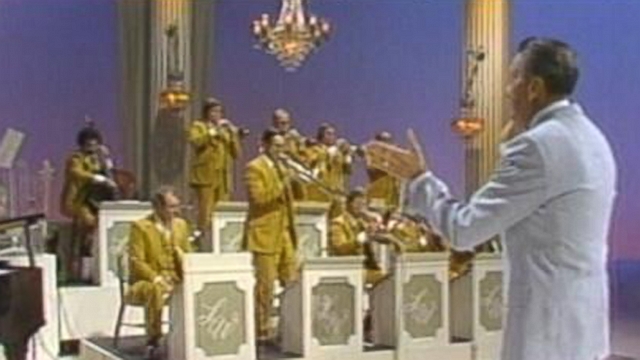

Most musicians witnessed and experienced a wide variety of Jim Crow practices, from city to city and region to region. Neither the booking agencies nor the musicians got rich, but regular salaries helped maintain pretty decent musicianship. Worse, there were times we didn't get paid at all and we had little recourse given the cost of legal advice." įor most territory bands - whether black, white, integrated, male, female - the musicians were nearly always paid. "During my playing days in the 1940s and 50s in several white territory bands, we didn't have "lucrative and permanent jobs" unless you count day labor in a dairy bar or clerking at a military surplus store. There were, of course, many white bands in the 'territories' but they tended to have the more lucrative and permanent jobs and therefore not required to travel as much as the black bands." Another musician (former territory band musician and historian), Jack Behrens, expressed in a book that Schuller's depiction of divergent work conditions was narrow.

2) that, "territory bands, by definition, were black. Musician, composer, and scholar Gunther Schuller asserted in one of his books, The Swing Era: The Development of Jazz, 1930–1945 (The History of Jazz, Vol. There were also all-female bands, such as the International Sweethearts of Rhythm. There were black bands and white bands, and bands of various immigrant ethnicities. 10 Various territory bands and territory band leaders.8 1940s - decline of swing and territory bands.6 1920s - the birth of swing and ballroom dancing.Many developed original repertoires and signature sounds, none more storied than Walter Page's Blue Devils, the Oklahoma City-based outfit that Count Basie joined in 1926. Territory bands helped disseminate popular music - which included swing, jazz, sweet dance music, or any combination thereof - bringing it to remote gin mills and dance halls that were otherwise ignored by national booking agents representing genuine recording stars like Ellington and Armstrong. Francis Davis, jazz critic for The Village Voice, likened territory bands to "the Top 40 cover bands (of the 1970s and 1980s) of their day, typically relying on stock arrangements of other ensembles' hits." He said, "many historians give much credit to territory bands for popularizing modern ballroom dancing that began during the World War I era with the influence of Vernon and Irene Castle."

These bands typically played one-nighters, 6 or 7 nights a week at venues like VFW halls, Elks Lodges, Lions Clubs, hotel ballrooms, and the like. Beginning in the 1920s, the bands typically had 8 to 12 musicians. Territory bands were dance bands that crisscrossed specific regions of the United States from the 1920s through the 1960s.


 0 kommentar(er)
0 kommentar(er)
